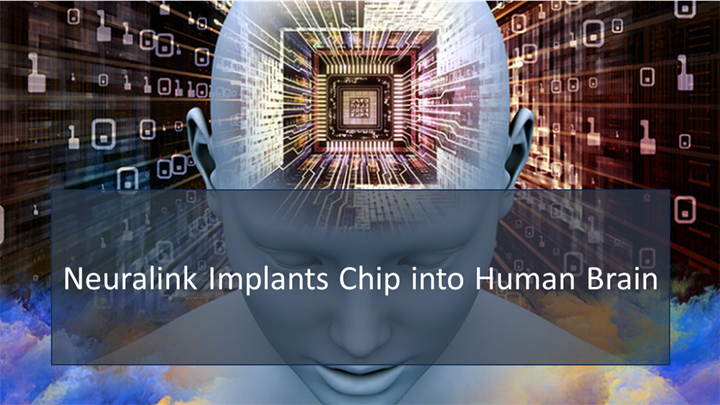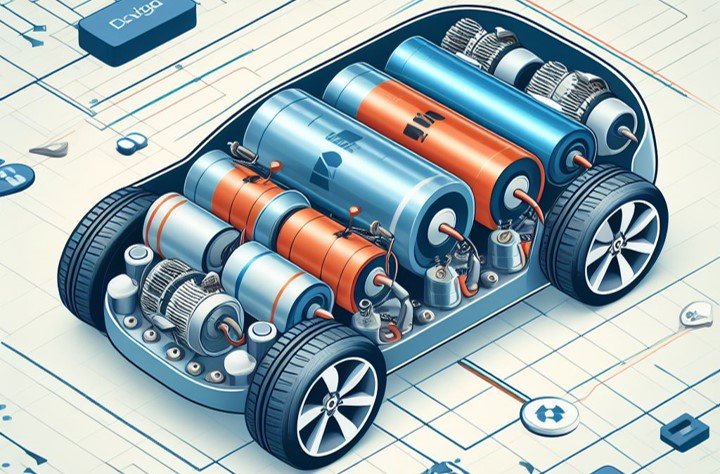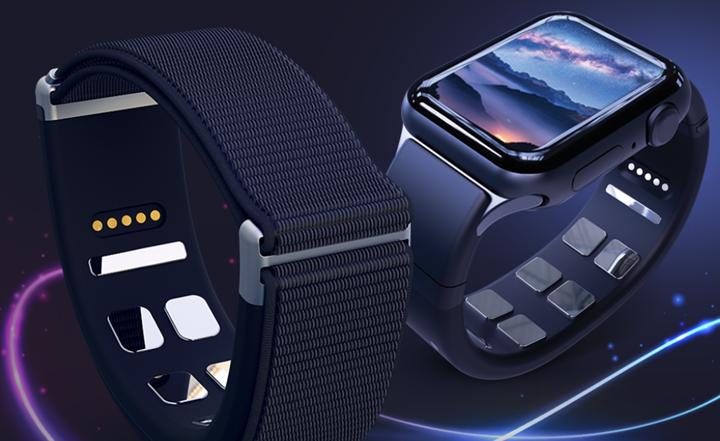Neuralink’s current experiment, The PRIME Study, aims to provide people with quadriplegia the ability to control external equipment with their thoughts. Experts in the field believe that the technique, known as brain-computer interface (BCI), has numerous potential uses, particularly for those with disabilities.
“I think, at least in the immediate future, it’s going to potentially revolutionize the way people with sensory or motor deficits might be able to interact with the environment and live more independently,” says Xing Chen, Assistant Professor of Ophthalmology at The University of Pittsburgh, whose research focuses on BCIs.
“The first human received an implant from @Neuralink yesterday and is recovering well,” Musk announced in a post on X on Monday evening. “Initial results show promising neuron spike detection.”
Musk has long stated that Neuralink might be used to help people regulate their moods and hormones, which is well within the capabilities that researchers envisage for BCI technology, Chen says. It’s a breakthrough that could be especially useful for those with OCD or treatment-resistant depression, but more research is needed before it becomes a reality. “Right now, for example, Neuralink doesn’t go very deep into the brain,” adds Chen, noting that another depression treatment, deep brain stimulation (DBS), targets a deeper part of the brain than Neuralink and other BCIs can yet reach. “The targets of DBS are much deeper in the brain.”














+ There are no comments
Add yours